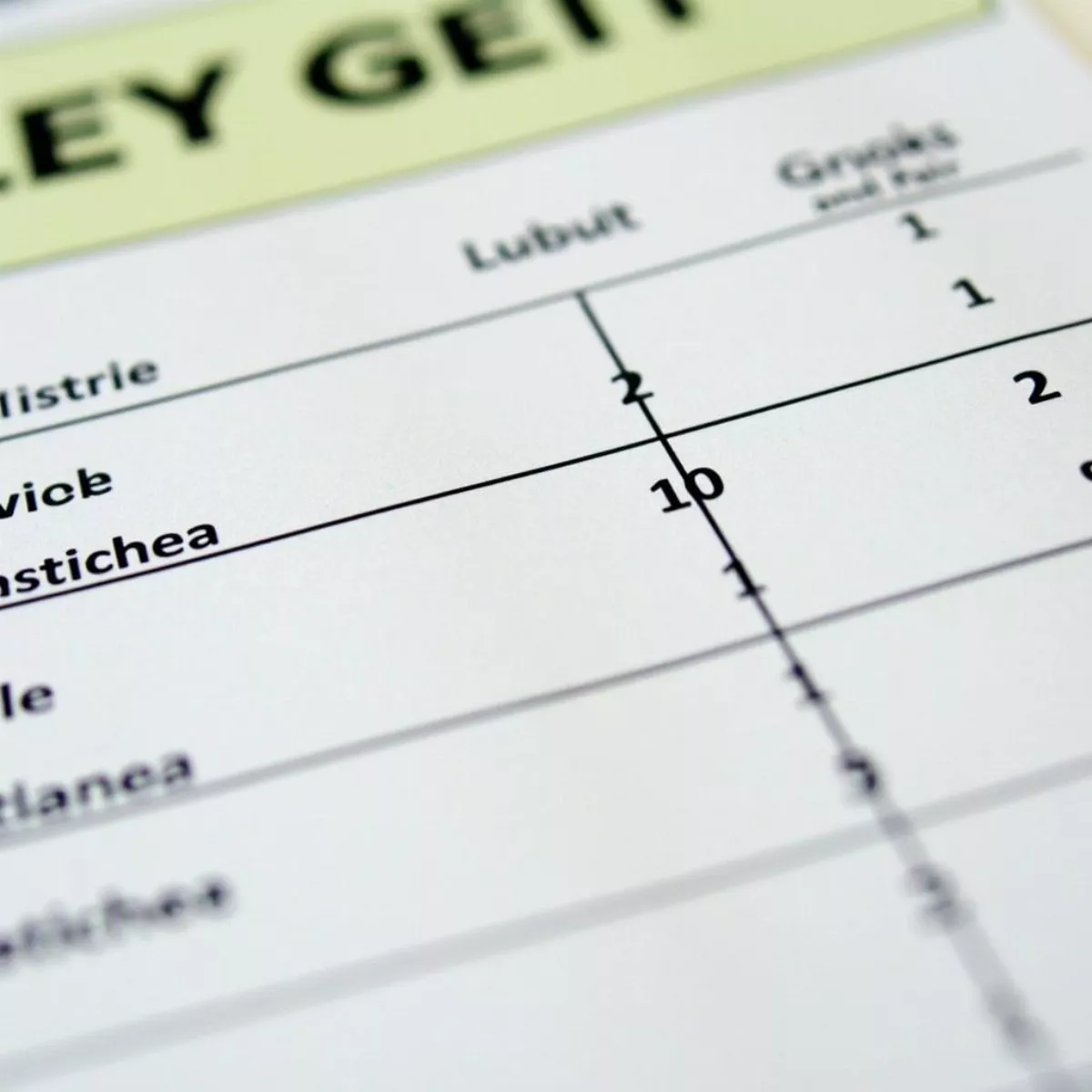Golf is a sport with a rich tradition and a set of unique terminologies that can sometimes confuse newcomers. One such term is par score. Understanding par is crucial—it influences how players approach the game, assess their performance, and even strategize their play. In this comprehensive guide, we’ll dive deep into what par score means in golf, how it’s calculated, and why it matters.
What Is Par Score?
In the simplest terms, par refers to the standard number of strokes that a skilled golfer is expected to take to complete a hole or a round. Each hole on a golf course is assigned a par, which can vary based on the hole’s length and difficulty. Par scores serve as a benchmark against which a golfer’s performance is measured.
- Par 3: A hole that ideally requires three strokes to complete.
- Par 4: A hole designed for completion in four strokes.
- Par 5: Typically, this hole should take five strokes to finish.
For an entire round of golf, usually consisting of 18 holes, the par score is a cumulative total of all the holes’ par scores. For example, if a golf course has a total par of 72, that means a skilled golfer should aim to complete the game in 72 strokes.
The Importance of Par Score
Understanding par is not just about knowing how many strokes to take. Par scores play a significant role in several aspects of golf:
- Performance Measurement: Players often assess their game by comparing their scores to par. If they score below par, they are said to be playing under par, which is generally a sign of good performance.
- Strategy Development: Knowing the par of each hole helps players strategize. They can determine when to take risks and when to play conservatively, which affects their overall score.
- Course Management: Understanding the par allows golfers to gauge the difficulty of a course. A course with a par 72 and multiple water hazards may require a more cautious approach compared to a par 68 course.
Additionally, recognizing the relationship between par and personal skill level can help golfers set achievable goals and monitor progress.
 Golf Course Par Layout
Golf Course Par Layout
Calculating Par Score
Par scores are usually based on a combination of the length of the hole and its difficulty. Here’s a general breakdown:
- Par 3: Holes typically range from 100 to 250 yards.
- Par 4: Holes generally range from 251 to 450 yards.
- Par 5: Holes commonly range from 451 to 600 yards.
Example of Course Par Calculation
| Hole Number | Distance | Hole Type | Par Score |
|---|---|---|---|
| 1 | 150 yards | Par 3 | 3 |
| 2 | 400 yards | Par 4 | 4 |
| 3 | 550 yards | Par 5 | 5 |
| Total | **72** |
In this example, a course with 18 holes totaling 72 would include a mix of par 3, par 4, and par 5 holes.
Par vs. Score: What’s the Difference?
While par is a target number, your score is the total strokes taken to complete the round. Here’s a simplified breakdown:
- Par Score: Expected strokes (e.g., 72 for 18 holes).
- Actual Score: Total strokes taken by the golfer (e.g., 70, 75).
Key Terms to Know
To understand how par works in golf, here are some key terms:
- Birdie: Scoring one stroke under par on a hole.
- Eagle: Scoring two strokes under par.
- Bogey: Scoring one stroke over par.
- Double Bogey: Scoring two strokes over par.
 Golf Scorecard Birdie and Bogey
Golf Scorecard Birdie and Bogey
Why Does Par Score Matter?
- Competitive Play: Many competitive formats in golf use par to determine who wins. Scores are often compared against par to declare either a champion or the better player.
- Mental Game: Understanding par helps players maintain a healthy mental approach to the game. Knowing the par can help golfers focus on their strategy rather than getting too caught up in the immediate score.
- Skill Development: Golfers can work on particular aspects of their game to perform better against par. This knowledge can guide practice routines to improve overall skills.
How to Improve Your Game Against Par
Improving your score relative to par often involves a combination of practice, strategy, and experience. Here are some tips to help you improve:
- Practice Short Game: Spend time area focusing on putting and chipping, where small strokes can make a big difference against par.
- Understand Course Management: Familiarize yourself with the course layout. Knowing where hazards and bunkers are can help you avoid mistakes.
- Set Realistic Goals: Aim to break 90, 85, or 80 based on your current average scores, and work toward getting closer to par.
- Play with Better Golfers: Surrounding yourself with more skilled players can help you learn new strategies and skills.
 Golfer Planning Next Shot
Golfer Planning Next Shot
Key Takeaways
- Par is the expected number of strokes to complete a hole or round.
- It serves as a benchmark for performance measurement.
- Understanding par aids in strategy development and course management.
- Familiarity with par allows golfers to set realistic goals and improve their game.
Frequently Asked Questions (FAQ)
-
What is the average par for an 18-hole golf course?
- Typically, an 18-hole golf course has a par of 70-72 strokes.
-
How is par determined for a hole?
- Par is based on the hole’s distance and difficulty, with common classifications of par 3, par 4, and par 5.
-
What does it mean to score a birdie?
- A birdie is when a player finishes a hole in one stroke under par.
-
Is it possible to have a negative par score?
- No, par is a fixed standard. However, scoring significantly under par is celebrated as a great achievement.
-
How can I track my performance against par?
- Many golf apps and scorecards allow you to track your score relative to par during a round.
-
Do all golf courses have the same par?
- No, par can vary greatly among courses, reflecting their unique challenges.
-
What happens if a player scores exactly par?
- Scoring exactly par is known as “even par,” which is considered a strong performance.
-
Can beginner golfers play against par?
- Beginners can play against par, but they may set personal goals based on their skill level.
-
What should I do if I’m consistently over par?
- Focus on specific areas for improvement, such as your putts or approach shots, to help lower your scores.
-
Is there a difference in par for men’s and women’s golf courses?
- Yes, women’s tees may have a different par from men’s, often resulting in varying course layouts and pars.
In conclusion, understanding par score and its implications can significantly enhance your golf experience. Not only does it provide a straightforward way to measure your performance, but it also helps refine your strategies on the course. Whether you’re a beginner or a seasoned player, mastering the concept of par can lead to better play and more enjoyable rounds.
For further reading and golf tips, check out our other articles on golf strategy, course management, and improving your short game. Golf is about continuous improvement, so keep practicing and playing against par!

